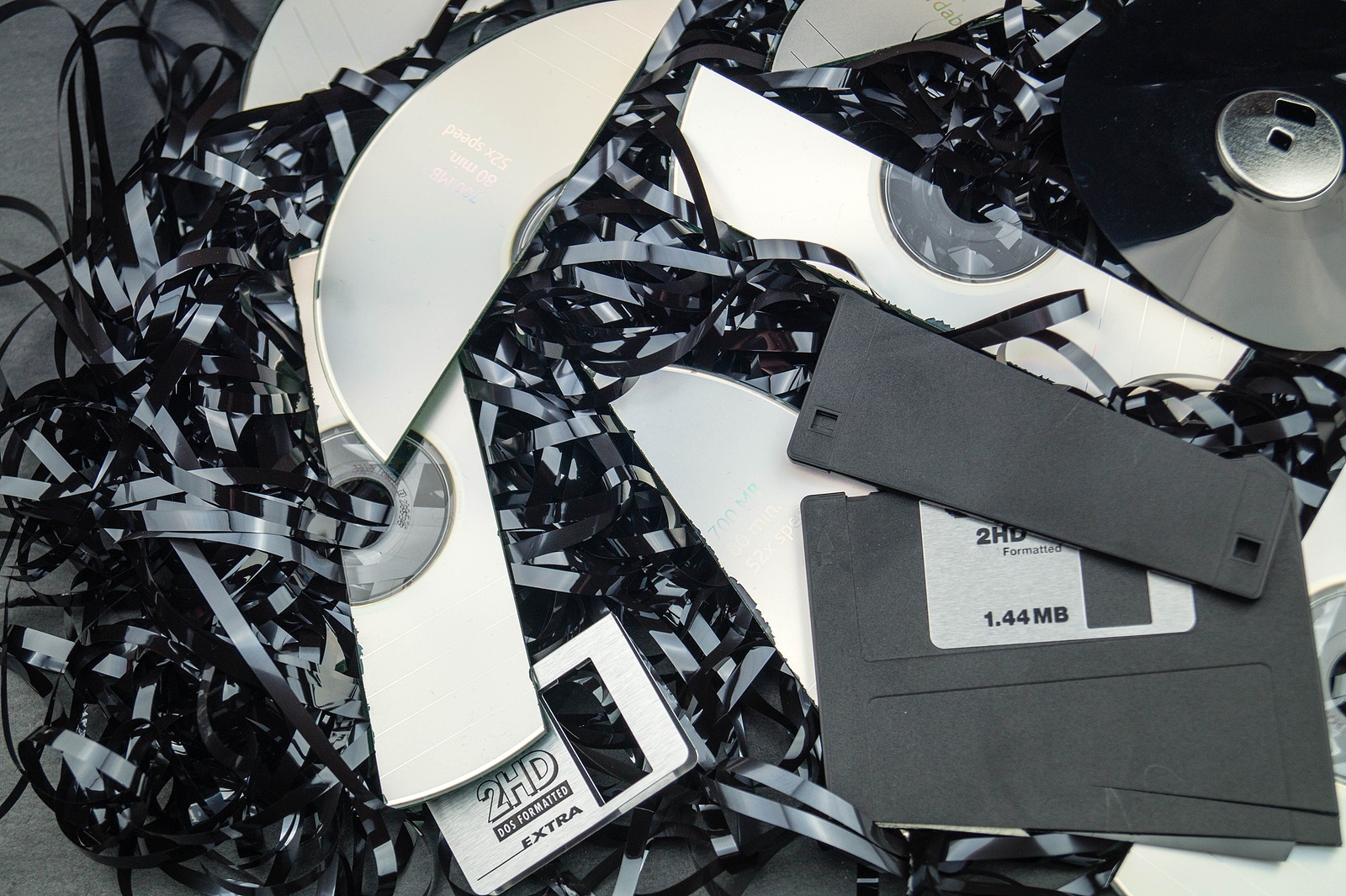Data Destruction Basics: 3 Different Methods of Erasure

There are many security risks that businesses face when working with digital information. Data theft is an ongoing problem that puts personal and financial information at risk.
As the number of devices that companies rely on continues to grow, their attack surface will only increase. Data destruction is a common method used to ensure old hard drives, devices, and other computing equipment is properly disposed of.
What Is Data Destruction?
Data destruction is a process that businesses use to reduce their digital vulnerability. The main purpose of data destruction is to make sure user data, intellectual property, and other private information are properly erased from hard drives and other storage devices.
Understanding how to properly dispose of old hardware is essential for maintaining digital security. With well-established data destruction policies in place, businesses can protect their digital assets and reinforce compliance.
How to Erase Data
Whether you’re cleaning out hard drives, desktops, laptops, or servers, proper data erasure techniques are vital for ensuring private information isn’t misused or abused. Any physical device that stores data should be a potential target for erasing data once it’s reached its end of life.
There are three basic methods of erasing data: reformatting, wiping, and destruction. Each has its own merits. Businesses should consider which will benefit them when deciding how to go about their data destruction process.
1. Reformat
Deleting and reformatting drives is a common process that allows a user to restore their device to its original state. This process is essential for fixing drive errors and providing a clean starting point.
While reformatting can make it more difficult to access data, it doesn’t completely erase it from the drive. Those with the right software and knowledge can still access information that has been reformatted. Businesses should consider more secure solutions for properly erasing important data from their old devices.
2. Wipe
Data sanitization is an effective method for securely erasing magnetic devices. Wiping is the process of overwriting a drive’s storage blocks by zeroing out or randomizing the stored data. Degaussing, for instance, randomizes data by altering the magnetic field.
Because it relies on altering the magnetic field, degaussing only works on HDDs and other devices that use a magnetic disc. Flash memory devices such as SSDs will not be properly erased with this technique.
3. Destroy
When it’s essential to make sure all data is permanently erased, businesses should consider physical destruction. Shredding old drives is the only way to be certain the data can no longer be accessed.
With data destruction, businesses can destroy any form of data storage, from physical tapes to flash memory.
Having a certified partner in place to assist in proper data destruction methodologies is essential for eliminating waste and maximizing ROI.
Make Sure Your Data Is Properly Erased with SEAM
If you need to properly secure your physical storage devices, look no further than Secure Enterprise Asset Management (SEAM). We offer the latest in data destruction for businesses in South Dakota and North Dakota.
If you’re operating in Sioux Falls and the surrounding area, SEAM’s certified shredding and wiping services can give you peace of mind when discarding broken, outdated, or unwanted equipment.
Discover why SEAM is the trusted source for data destruction. Get a quote today!
SEAM provides IT recycling and data destruction services including onsite shredding and hard drive wiping to South Dakota, North Dakota, Minnesota, Iowa, and Nebraska.
Schedule a pickup or contact us for more information.





